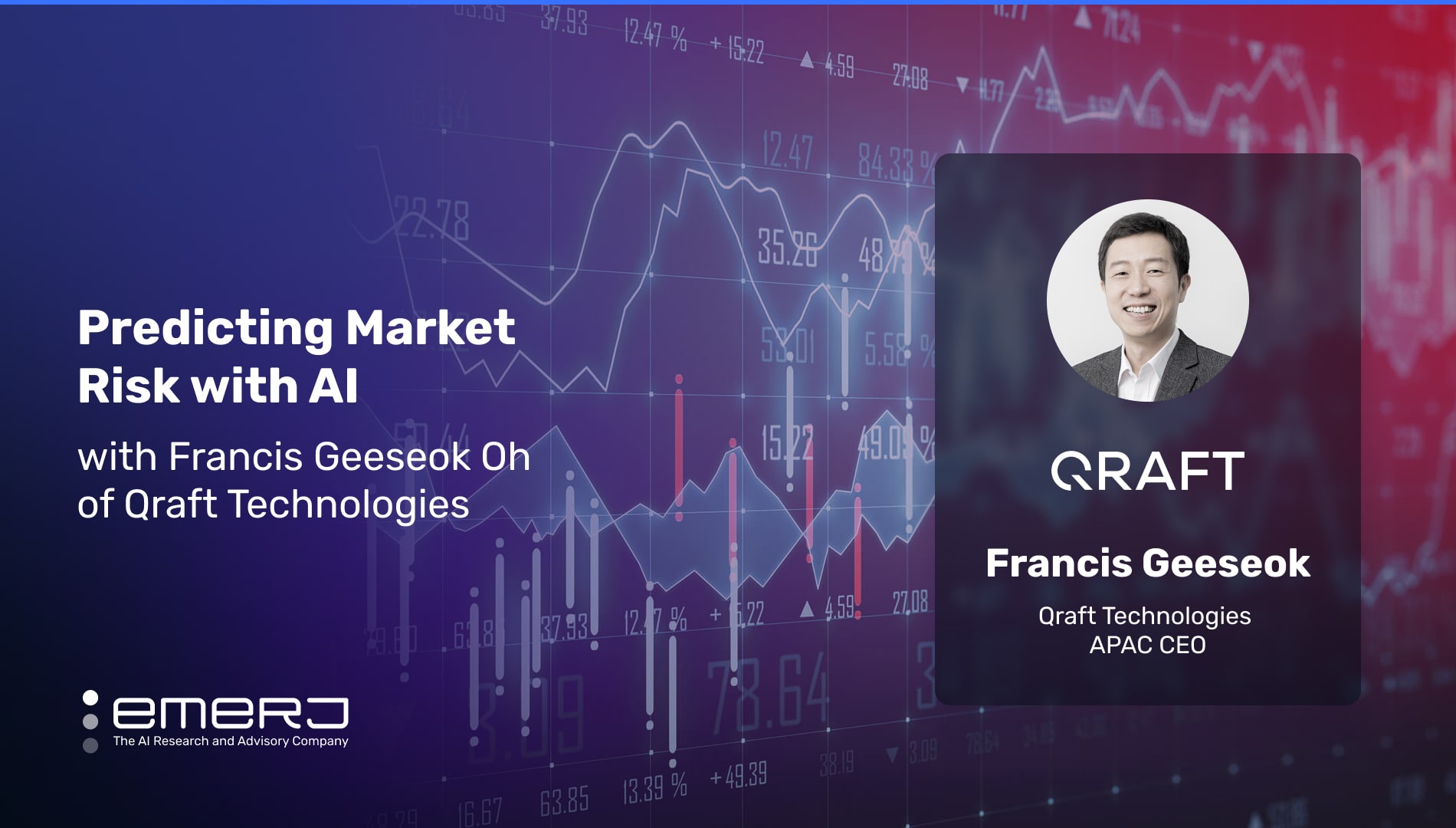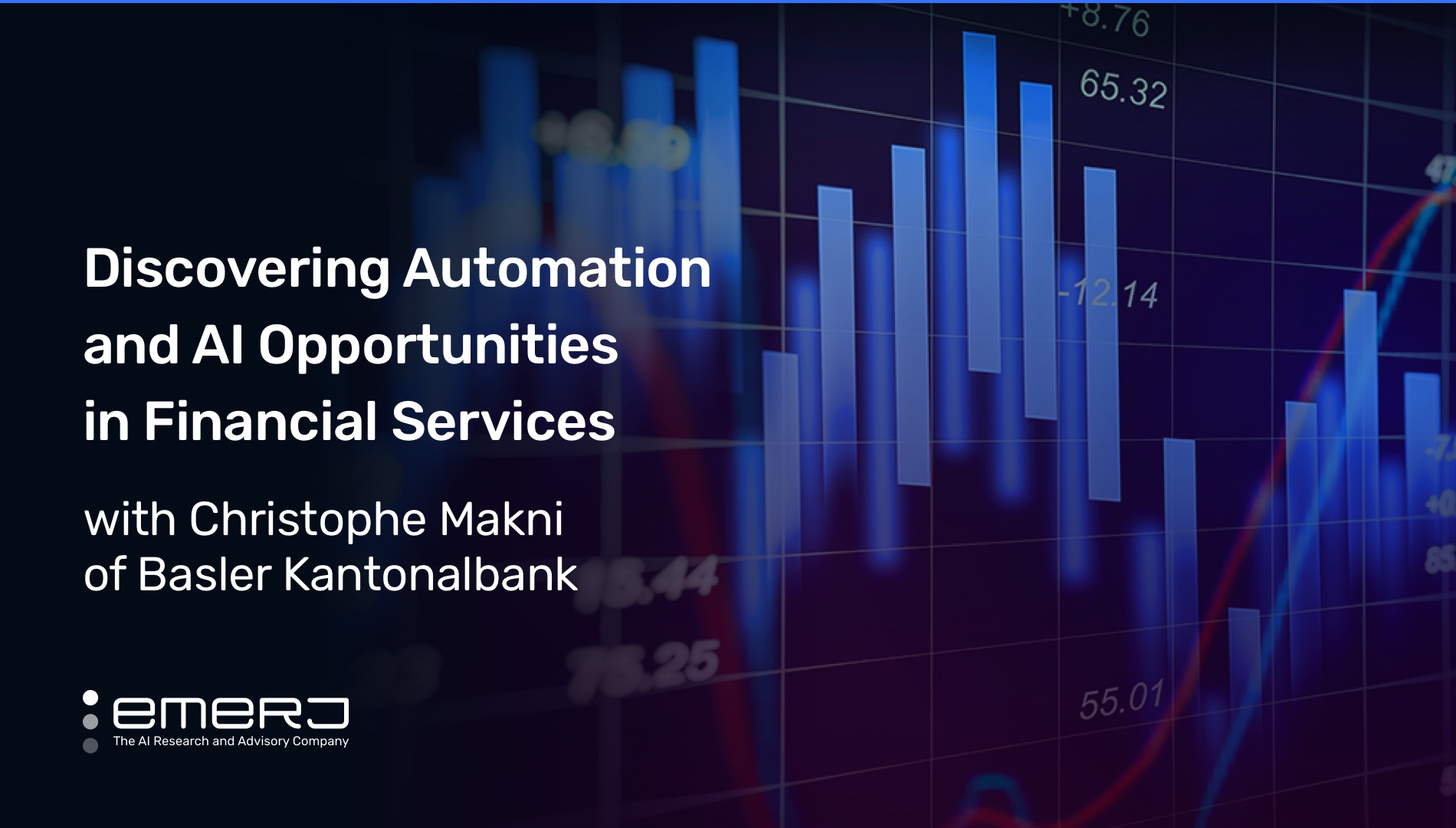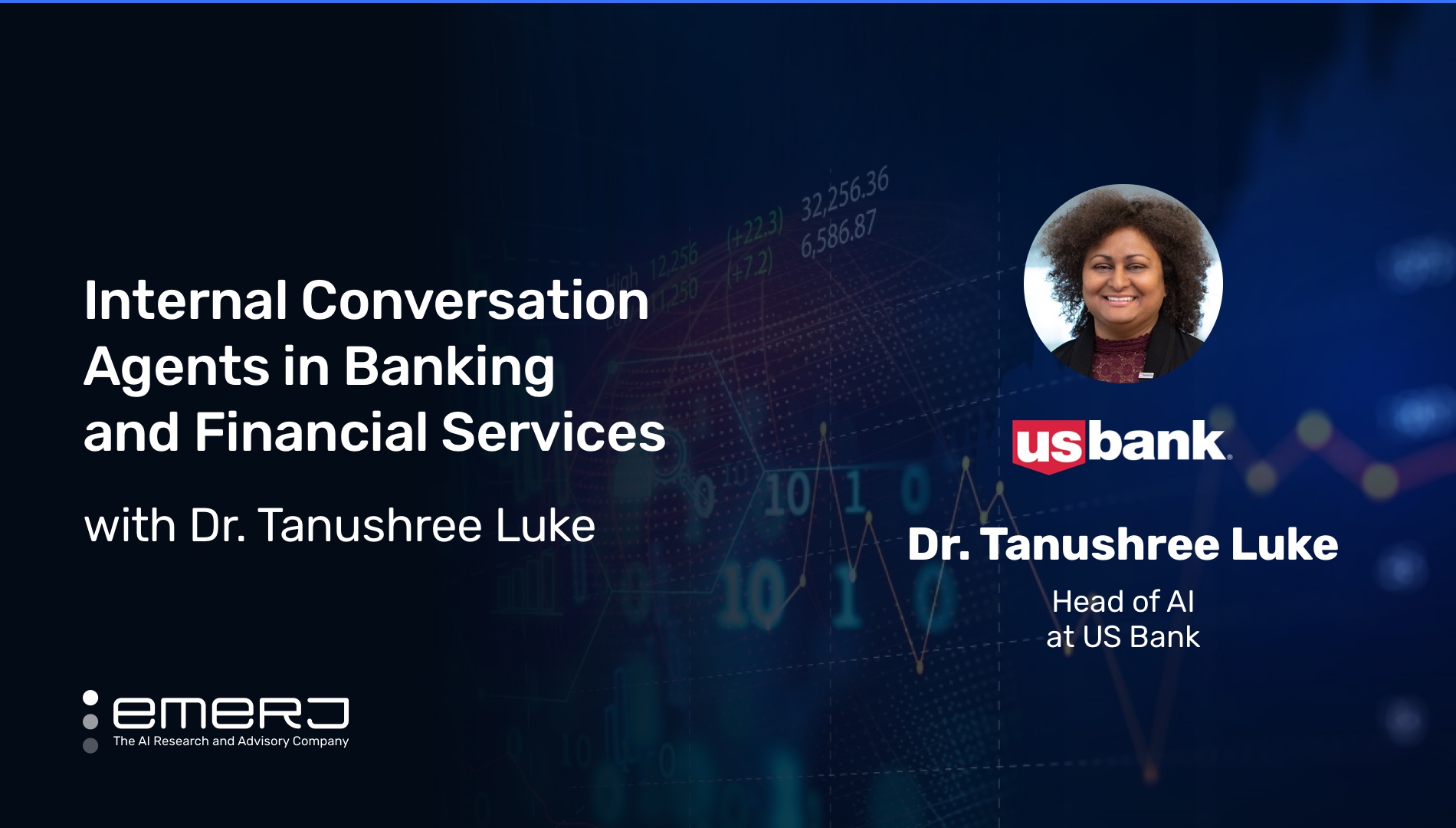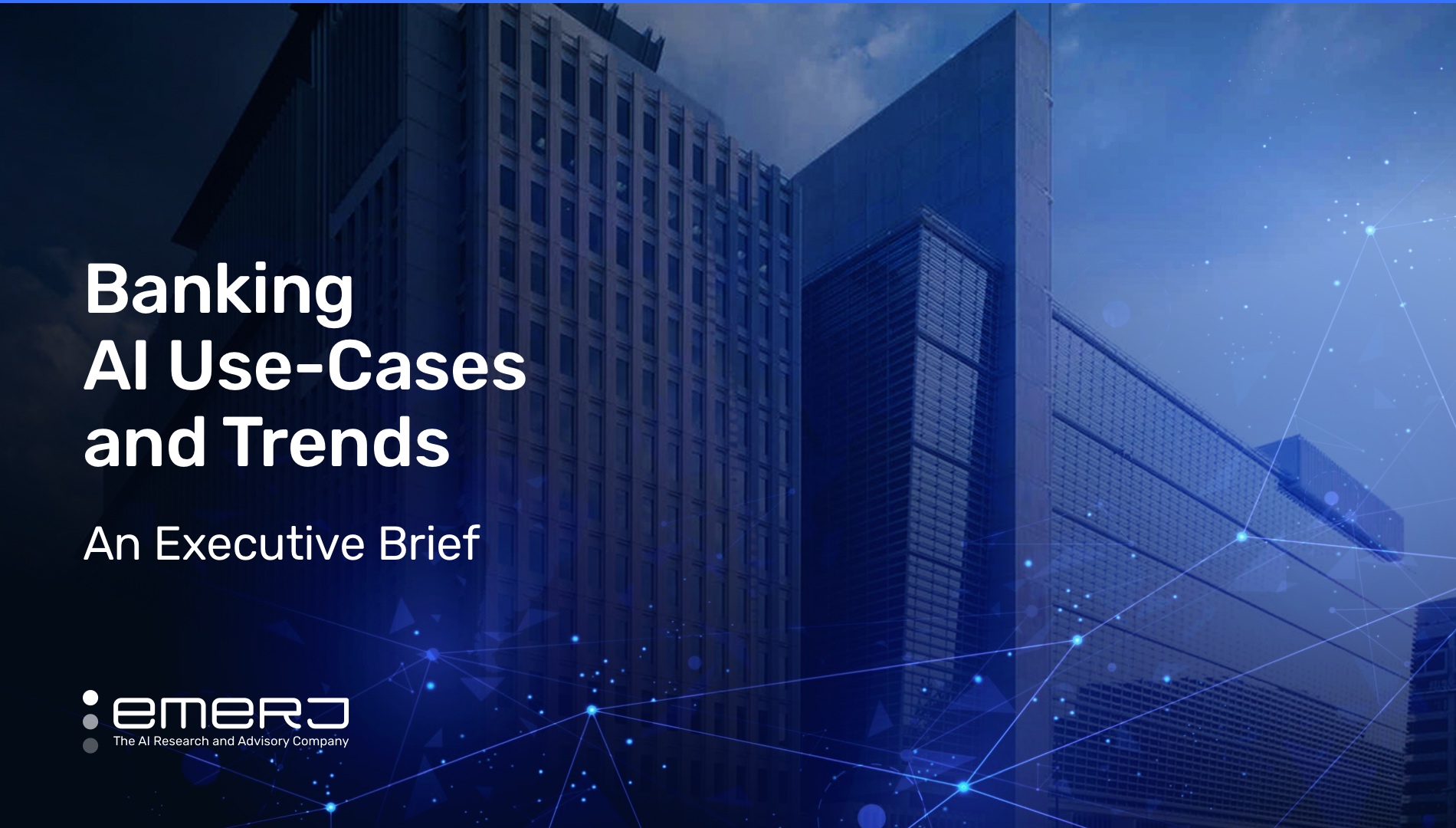Predicting Market Risk with AI – with Francis Geeseok Oh of Qraft Technologies
Traditional investors have several mechanisms for achieving their desired portfolio risk level. One of the most common methods involves the use of correlations. The more well-known 60/40 and 80/20 models distribute investments in a specific ratio of equities/bonds. These models are based on correlations between markets.
These models use an asset allocation strategy where the portfolio includes an 80% allocation in stocks and 20% in fixed-income instruments such as bonds or a 60% to 40% distribution.
Some examples of market comparisons that conventional investors look for regarding correlations include the equity market versus both fixed-income and commodity markets. The equity market includes exchanges or over-the-counter markets in which the shares of companies are issued and traded. Fixed-income markets trade assets such as publicly-traded securities, bonds, and non-publicly traded loans.
Historical correlations have an ironic aspect: any correlations tend to disappear when too many investors are seeking them. They also disappear when the market collapses. In fact, major banks have declared 60/40 models obsolete.
Quantitative investors (or “quant” investors) aren’t focused on correlations between markets but rather on historical trends within their desired market. Quant investors rely heavily on both statistics and mathematics to discover trends or reversion to the mean.
In the age of AI, Quant investors are creating models that try to correctly determine the price for complex derivative products. One drawback of quant investing is that it requires a relatively large amount of holdings, which involves an inherent risk – an area of broad applicability for AI technologies.
Emerj recently sat down with Francis Geeseok Oh of Qraft Technologies on The AI in Financial Services Podcast. In our 30-minute interview, we explored AI capabilities in the investing space. This article will examine three key topics from our conversation with Francis that are relevant to institutional investors utilizing AI as part of their investment strategies:
- Measuring ROI from market predictions: Increases ability to react to significant market events and measure the difference in impact between AI and human forecasting for client portfolios.
- Compensating for human error: Improve understanding of market risk by comparing human vs. AI judgment and their initiative to implement in pilot cases.
- Emphasizing the need for human input: AI is a helpful tool to improve human decision-making but is not a standalone replacement for human judgment in predicting market risk.
Listen to the full episode below:
Guest: Francis Geeseok Oh, Head of AI ETFs, Qraft Technologies
Expertise: organizational leadership, minimizing trading inefficiencies, innovation in AI solutions
Brief Recognition: Previous Vice President at Direxion
Measuring ROI from Market Predictions
Quant investing bases its predictions on a deep historical database of past results. The inherent weakness of this type of investment approach occurs when unforeseen circumstances arise and markets are impacted as a result. As Francis explains on the podcast, another reason for this weakness is that traditional quant investing is based on the assumption that investors assume patterns identified in the past will continue to persist.
When the market acts unpredictably, correlations aren’t reliable. Francis explains of the 2022 market, “The market has been a big animal this year. It’s been very choppy. It is up and down.”
Traditionally, a human trader must intervene and re-tune the mathematical models. Francis elaborates, “So, whenever there are unforeseen activities happening in the market, then the human has to intervene in the quantitative investment strategies and have to redefine or fine-tune their models.”
Even though humans are decent at predicting patterns, a well-trained AI model can outperform humans due to speed. An AI model can programmatically assign a risk factor to capture any conditions that arise. AI models can be trained to take action to rebalance investment risks.
AI is designed to mimic or replicate the human thought process, and Qraft Technologies has kept this at the forefront when training its models, including both its machine and deep learning models.
Francis further added, “Based on the previous market data, we trained it to think like a human. A human has a non-linear-thinking process.” The result of this process is that their AI risk indicator is much faster at what’s happening in the financial market and provides a better alert system for investors to make portfolio adjustments.
Pension fund investment has specific concerns related to it. Investors are concerned with what will happen if the market collapses the year they are expected to draw from their investment. Pension funds have a heightened need for risk mitigation because of this. Qraft Technologies has a pension fund client using the model, and Francis provided more in-depth information on them.
The risk management team at the pension fund client is subscribing to the AI Risk Indicator model for two purposes:
- Using the indicator to understand market risk better because VIX is not the ultimate tool for understanding the threat as one single indicator
- Comparing human judgment vs. the AI’s judgment
Francis explained this pension fund also has one other use for the indicator. The client is adopting artificial intelligence into their general portfolio management processes and is using it in some pilot cases.
Qraft Technologies AI Risk Indicator has been available to financial institutions since 2019. This decision risk indicator has been utilized as a decision-making tool for a pension portfolio manager at a South Korean insurance company. Francis also tells the Emerj audience the company had made some portion of the AI Risk model public for educational purposes.
Compensating for Human Error
The volatility index (VIX) is a tool that equity traders commonly use to measure volatility in the market. Institutional investors have successfully used VIX for many years, but the implications of VIX are often not as clear for retail investors. Francis explained, “But for the retail investors or the individual investors, the VIX is telling some story of the risk itself in the market, but it’s probably unclear.”
Francis further explained how the change in VIX might not have clear implications for retail investors. Suppose today’s VIX is 25 or 26 and goes to 30. In that case, retail investors won’t necessarily have a clear idea of how to alter or realize the full implications of their portfolios.
One common human shortcoming is a tendency to insist on a position despite contradictory evidence. Humans will stubbornly cling to the same market position in the face of drawdowns exceeding 50% or more. AI doesn’t have this weakness and therefore can serve a critical supportive role in notifying the investor to make the appropriate market adjustments when the risk crosses a predetermined threshold.
Emphasizing Need for Human Input:
While it’s a common fear that AI will overtake human investors, this fear is not warranted. Francis emphasizes to Emerj that AI will likely serve as an unbiased alarm or signal.
Successful hedge fund managers can constantly reevaluate their positions. Francis discusses how they never insist on their positions and, to accomplish this, the hedge fund manager must be able to consume the appropriate signal but disregard the noise. The result is a very fluid decision-making process without emphasizing one tool or indicator.
Qraft Technologies AI Risk Indicator tool offers a streamlined workflow. Professional investors are using the indicator, or in some cases, a more complex version of the indicator, to measure stock market risk and act in one of the following two ways:
- Allocate a cash increase in their portfolio
- Utilize short-term fixed income to hedge equity market downside
Despite the benefits of using AI in investment strategies, AI does not represent a standalone investment solution. The human component will unlikely be removed from the equation anytime soon. Francis’ following comment summarizes this best, “Personally, I still believe that, for the investment space, humans still need to be sitting in the driver’s seat.”







